What is Flight Attendant Training?
Flight attendant training is an intense and comprehensive process.
- It includes classroom instruction, safety drills, and hands-on practice.
- You will learn about customer service, emergency procedures, and aircraft safety
- You’ll also learn how to serve meals, drinks, and snacks
After completing the training, you’ll be prepared to provide a safe and comfortable experience for your passengers.
What will you be traned in?
- fire fighting
- CPR & First Aid
- Use of the defibrillator
- Various medical conditions
- use of escape slides in emergency
- Security
- customer service and dining service
- Grooming and Image


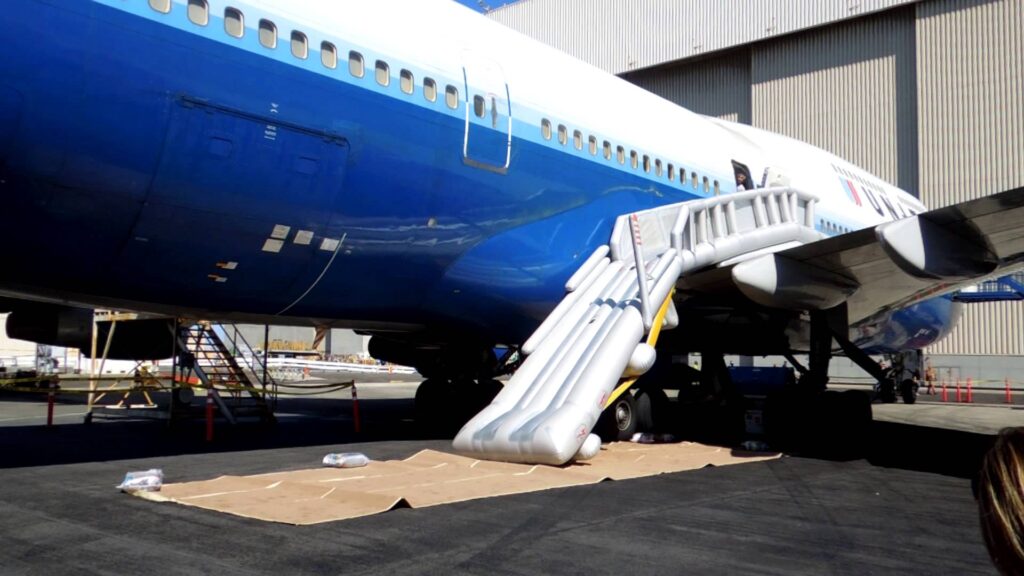
Training

Can You Fail Flight Attendant Training?
Yes, you can fail flight attendant training. You will lose a point or two every time you’re late for class or fail a test. The point loss isn’t much for a single fail. So you will get several chances, but the points can add up.
How long does Flight Attendant Training Last?
Training classes are typically held between the hours of 8–6 pm weekdays.
You’ll get a few weekends off during the 6-to 8-week program.
The trainees either stay in a dormitory on the training campus or a hotel which is paid by the airline.
Below is a weekly BREAKDOWN OF THE TRAINING. Keep in mind that this is just a guess. Each airline has their own order of what and when they teach what.

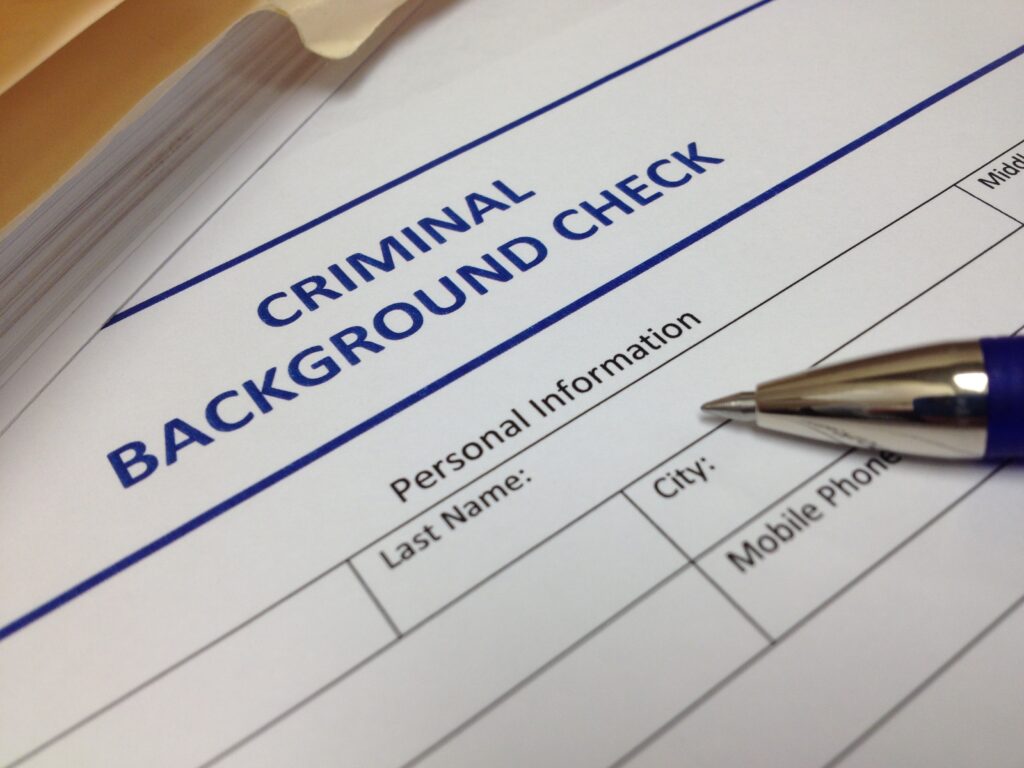
First week includes
- An introduction
- Paperwork needs to be filled out
- Medical exams
- Group work
- Background check (Back 10 years)
- And information about the airline and the job
The 2nd week
Usually SEP (Safety and Emergency Procedures) which will last about 1 to 2 weeks.
During which the Flight Attendant trainees work in aircraft mock-ups and simulations of all the planes in the fleet.
While in the mock-ups, you’ll practice evacuations. You’ll be using commands directed to the passengers and maneuvers required to empty a plane within 90 seconds or less. You’re required to test (sometimes blindfolded) and pass with 100% proficiency.
Training concludes with the Observation and Evaluation passenger flight. Every trainee is required to work while an instructor looks on.
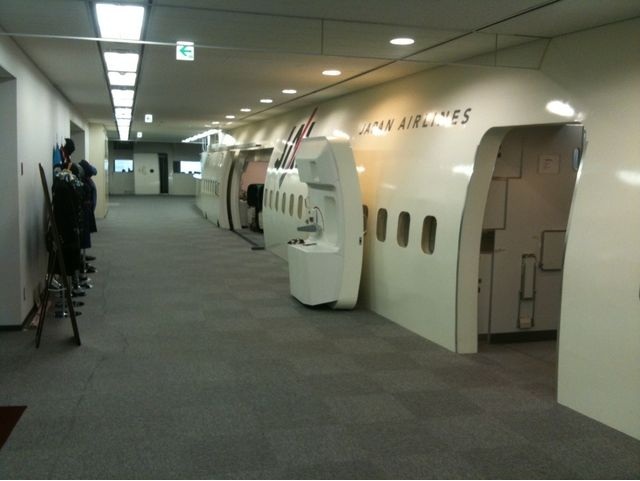
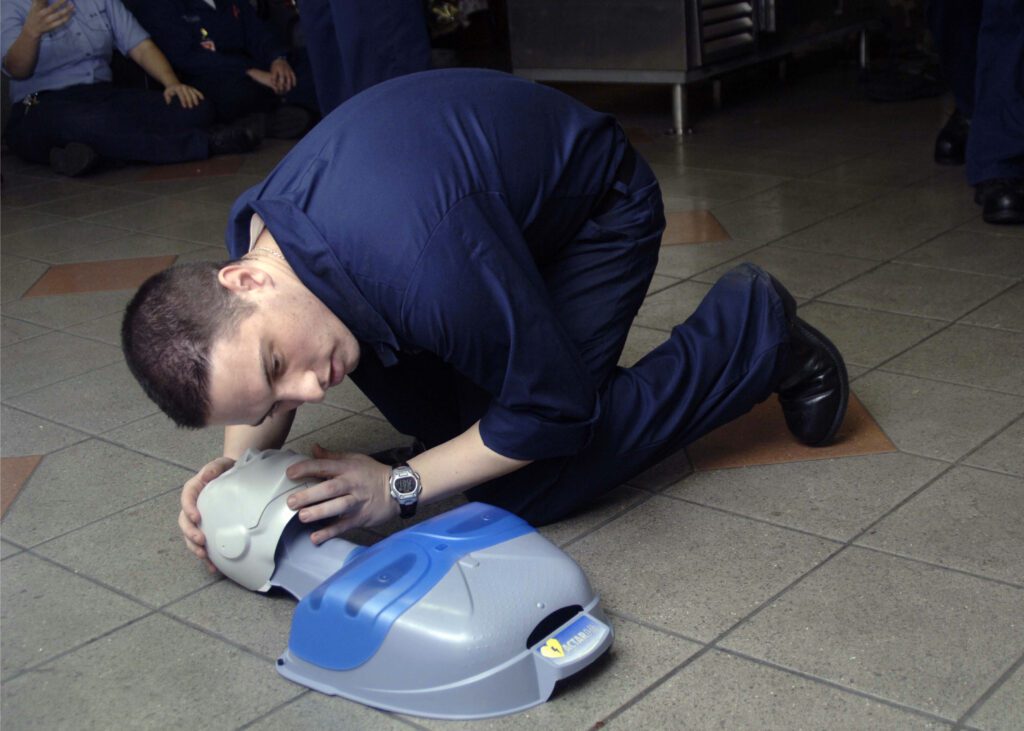
The 3rd week
usually GMT (Group medical training). They teach you about:
- Childbirth
- CPR & First Aid
- How to use Defibrillators
- various medical conditions
For about 2 weeks they teach you about customer service. How the galley (kitchen) works, what to serve and how to serve meals etc.
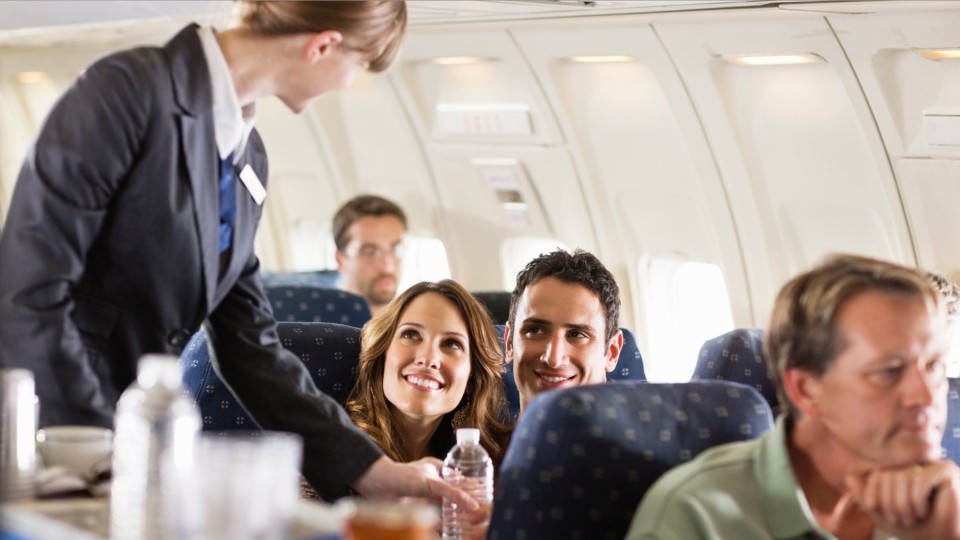

There will be other smaller subjects scattered through the training
For a couple of days you will be taught about security.
For Example: what we should do if we get any disruptive passengers, hijacking etc…
Approx 1–2 days they will train you in grooming and image.
The uniform rules and company image etc…
To find out more about the requirements for hair, hair color, nails, tattoos, etc…


Will you need to know how to swim?
YES!
The trainers are interested to see how you handle an emergency situation involving water.
So you’ll have to demonstrate
- That you are NOT afraid of water
- You need to be able to swim between 25 and 50 meters unaided, depending on the airline. (50 meters is about 55 yards, little more than ½ the distance of an American football field)
- Your ability to swim without a life-jacket will be tested.
During training expect to go through a ditching simulation where you’ll be expected to put your life jacket on, swim 50 meters and climb into a life raft. You may also be required to rescue a passenger in distress.
So if you can’t swim, I highly recommend that you take swimming lessons before you start your training.


You’ll have to score above 90% on each and every test.
This is actually a stipulation by the FAA. There is usually a test every day which covers the previous day’s material. Finally, before graduation, there is a comprehensive test covering material from the entire course.
A trainee also must take various ‘practical’ exams. Where she must physically demonstrate specific tasks and scenarios given by the instructor.
There is a lot to remember in a relatively short period of time.
Example: one exam will have you memorize some of the equipment on board the aircraft, naming all of them. Where the equipment is located and what they are for, etc…
Every airline has different training classes. But the main topics that were mentioned above are the same in all airlines.
At this point the Director of Operations at the airline will apply for your Certificate of “Demonstrated Proficiency” from the FAA. Once the FAA confirms your record, you will be eligible to work on a flight
You will get trained for the specific types of aircraft you’ll be working on. So your certification will cover those aircraft types.
Flight attendants must receive annual training to keep their certification up-to-date.
Finally, if successful, the trainee attends a graduation ceremony. Gets their wings and is assigned to a base.
Starting Your Career as a Flight Attendant
You may think you’ll soon be jetting all over the world and earning a great living. Not so fast.
Typically, new flight attendants won’t have a regular schedule. They spend their first year on reserve status (being on call).
Because you’re on call, you’ll be expected to report to work at a moment’s notice. Your airline may need you to replace absent crew members or cover extra flights.
When you get a bit of seniority, you will be able to bid on more desirable assignments. And eventually, be able to get a regular schedule.
How long before you get a regular schedule depends on the airline you’re working for and which hub you’re working out of. But it could be anywhere from a few months to a few years.

Are You Ready to Become a Flight Attendant?
Still wondering how to become a flight attendant?
Then check out our post: How To Become A Flight Attendant – The Ultimate Guide!
Or you can check out the next post in the series, Flight Attendant Career Path. Where we give you options on how you might progress in your new career!